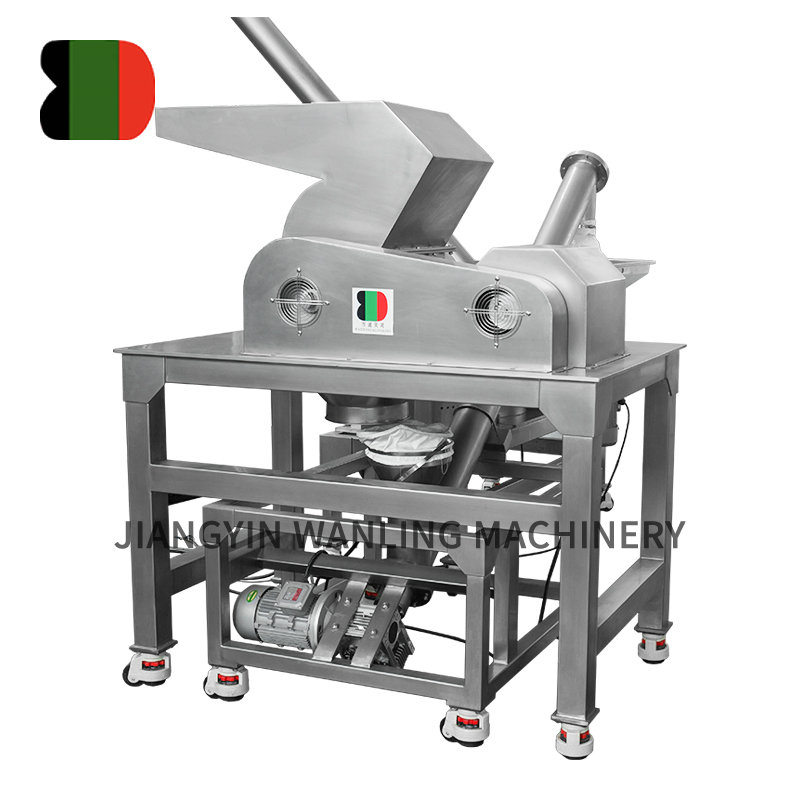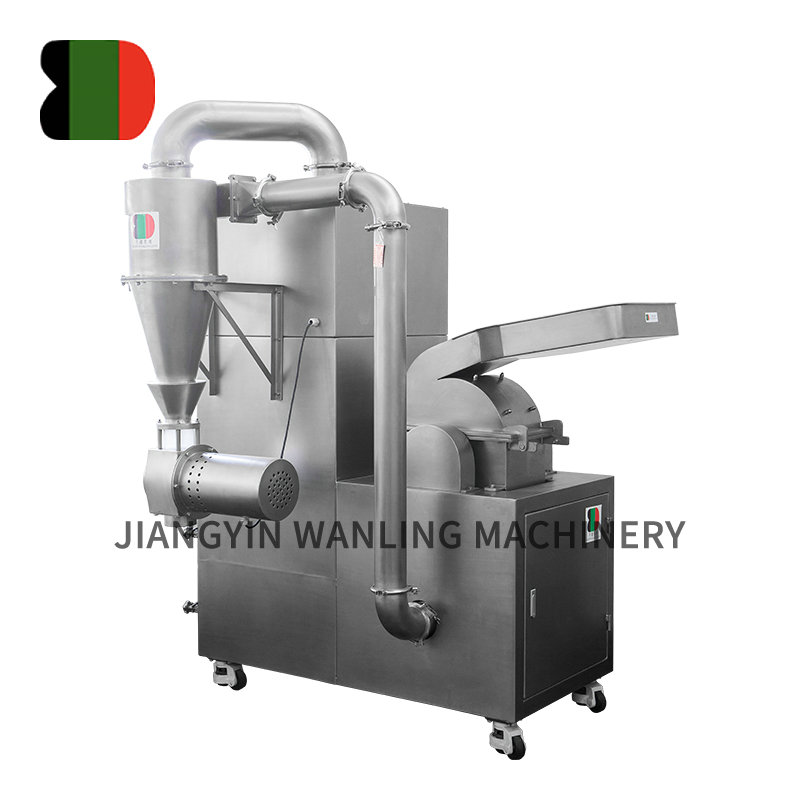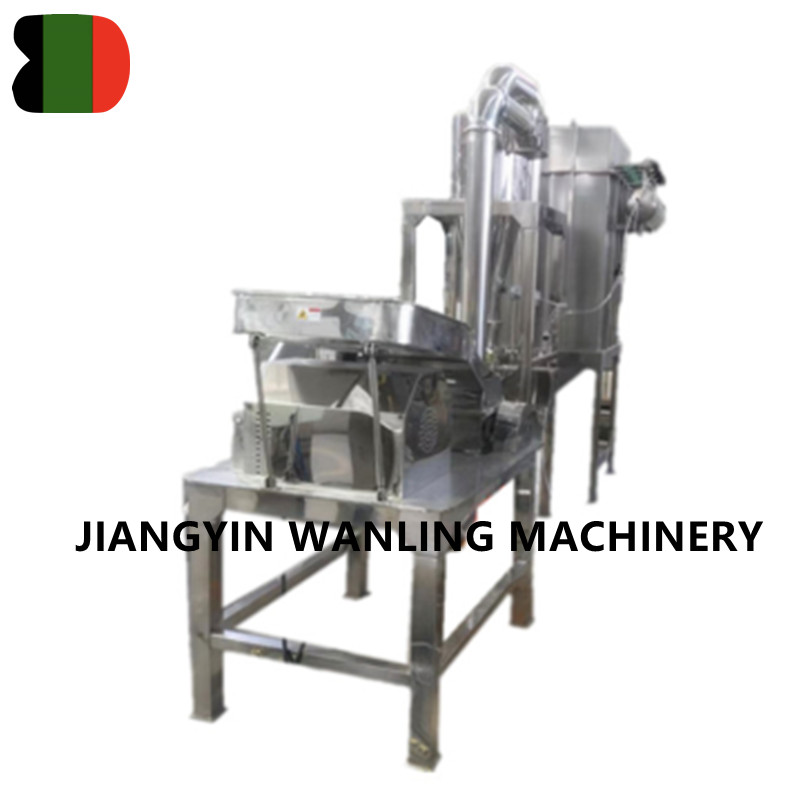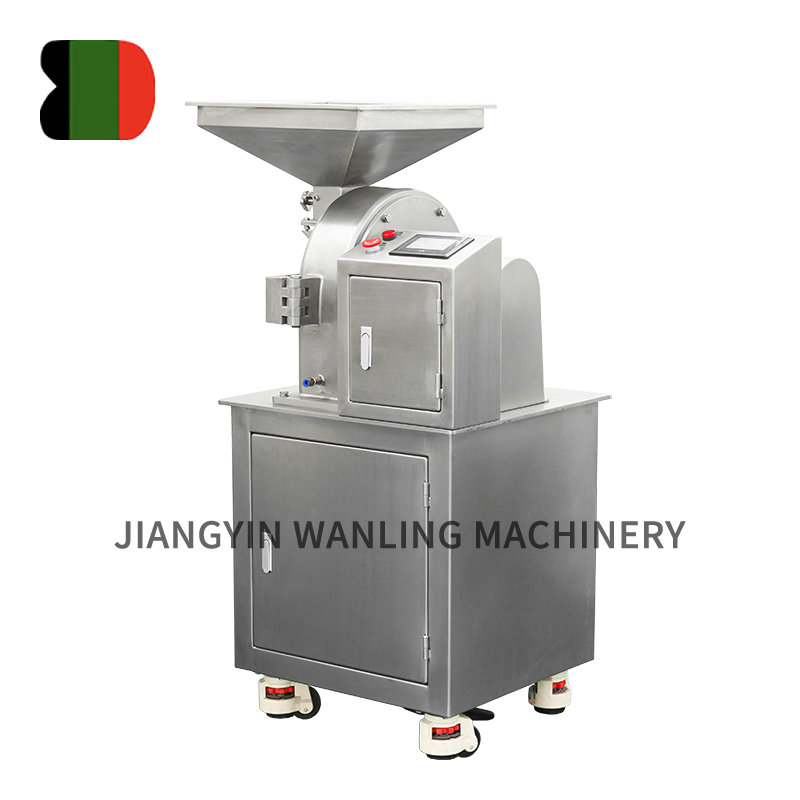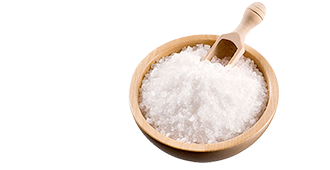Overview: why choose a rapid mixer granulator
A rapid mixer granulator (RMG) is widely used for wet granulation because it combines intense mixing with controlled chopper action and spray addition to convert powder blends into consistent granules. The following sections explain concrete, practical advantages — what they mean for process control, product quality, and manufacturing efficiency — and how to leverage them in routine production.
Improved granule uniformity and distribution of binder
RMGs produce a more homogeneous binder distribution than low-shear or manual mixing. The impeller rapidly disperses binder while the chopper breaks agglomerates and promotes even wetting. This reduces variability in granule size and internal density, which directly improves downstream compression and final product content uniformity.
Practical impact on tablet manufacture
More uniform granules lead to consistent die fill and reduced weight variation in tablets. Less variation in porosity and density also improves tablet hardness and minimizes friability testing failures.
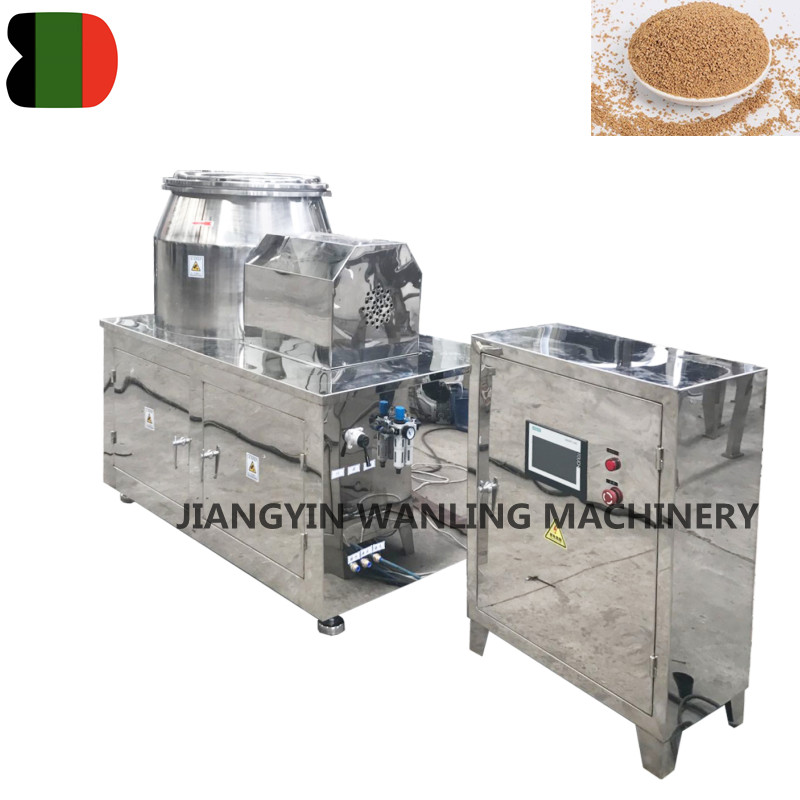
Faster processing and higher throughput
RMG cycles (mix → wet massing → de-dusting) are shorter than many traditional wet granulation routes because the equipment achieves target granulation states quickly. Faster cycles increase throughput, allow shorter campaign times, and reduce time-in-process for moisture-sensitive APIs.
How to realize throughput gains
- Optimize impeller and chopper speed profiles to reach target granule properties faster.
- Use controlled spray rates and nozzle placement to reduce over-wetting and rework.
- Implement recipe-based PLC control for repeatable cycle timing and reduced operator variability.
Better control of particle size and density
By adjusting impeller/chopper speeds, spray rate, and binder concentration, operators can target desired granule size distributions and bulk/tap densities. This tunability is especially valuable when optimizing flowability for high-speed tablet presses or capsule filling machines.
Key parameters to monitor
- Impeller speed — primary driver for consolidation and shear.
- Chopper speed — controls deagglomeration and prevents large lumps.
- Spray rate and nozzle position — determine wetting uniformity and wet mass growth.
Reduced drying load and energy savings
Well-formed granules produced by RMGs often have a narrower moisture distribution and better permeability, which reduces drying time in subsequent fluid bed dryers. Shorter drying cycles lower energy consumption and reduce thermal exposure of heat-sensitive actives.
Improved process safety, hygiene, and dust control
Most RMGs are designed with closed bowls, jacketed lids, and integrated extraction nozzles. These features minimize operator exposure to dust and airborne API, improve containment, and simplify compliance with GMP and occupational safety requirements.
Scalability and reproducibility across batches
RMG process parameters translate predictably from lab to production when geometric and dynamic similarities are respected. Recipe-based control, combined with documented start/stop and speed ramps, helps maintain batch-to-batch consistency during scale-up.
Scale-up tips
- Maintain comparable tip speeds rather than identical RPM when changing bowl sizes.
- Validate binder addition strategies — nozzle size and placement can behave differently at scale.
- Use intermediate pilot runs to refine moisture and energy balances before full-scale campaigns.
Compatibility with PAT and automation
RMGs can integrate inline sensors (NIR, torque, near-line sieve) and data logging to implement Process Analytical Technology (PAT). Real-time endpoints (e.g., torque plateau, NIR moisture) reduce reliance on fixed time cycles and improve yield and quality control.
Cost-of-ownership and operational advantages
Because RMGs shorten cycle times, reduce rework, and lower drying energy, they often reduce overall cost-per-batch. Lower operator exposure and faster cleaning also reduce downtime and associated labor costs.
Comparison: RMG vs other granulation methods
| Feature | Rapid Mixer Granulator | Fluid Bed Granulation | Low-Shear Mixers |
| Granule uniformity | High | Medium to high | Lower |
| Cycle time | Short | Longer (drying intensive) | Variable |
| Containment / dust | Good (closed systems) | Good | Poor to moderate |
| Best for | Precision tablet granulation | Heat-stable API fluidized granules | Simple binders, less demanding specs |
Common limitations and how to mitigate them
While RMGs offer many advantages, they require careful control of critical parameters. Over-wetting, excessive shear, or incorrect chopper settings can produce fines or non-uniform granules. Regularly review torque and power profiles during development runs, and use small pilot batches to refine recipe endpoints before full production.
- Mitigation — use inline moisture/NIR to determine end point rather than fixed time.
- Mitigation — document and lock speed ramps and spray sequences in PLC recipes.
- Mitigation — ensure chopper geometry and blade clearance are correct for the formulation.
Conclusion: practical takeaways for production teams
Rapid mixer granulators deliver tangible advantages: tighter granule specifications, faster cycles, reduced drying burden, improved containment, and easier scale-up when properly validated. To capitalize on these benefits, focus on rigorous parameter control, PAT-enabled endpoints, and validated scale-up strategies. When these practices are in place, RMGs reduce variability and total cost of ownership while improving product quality.



 Español
Español